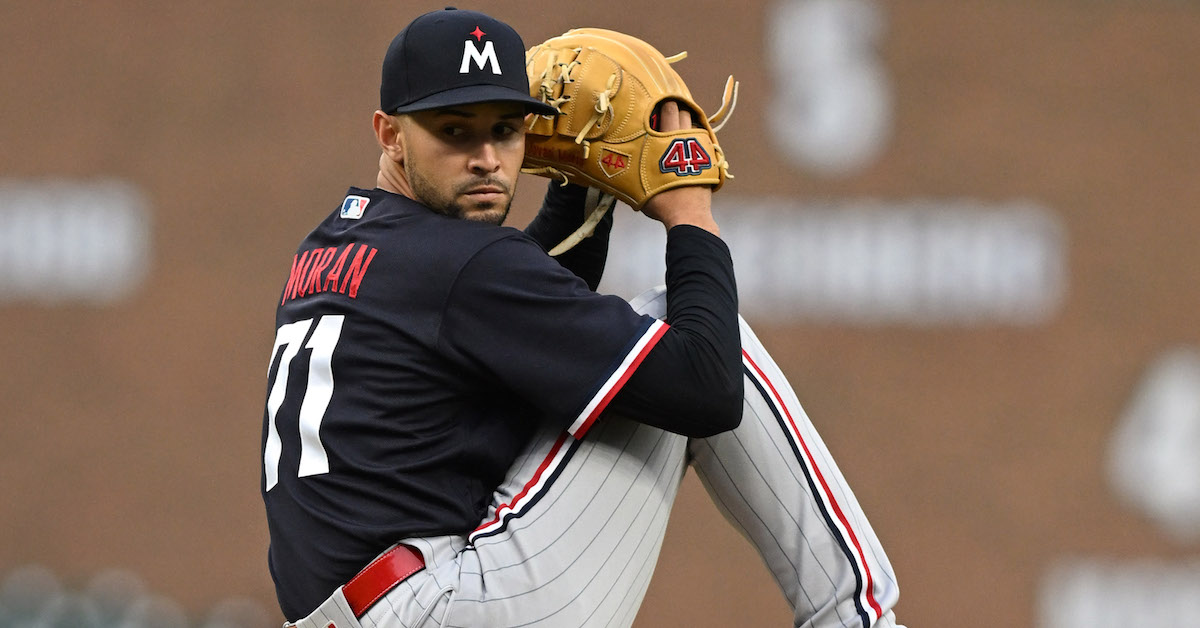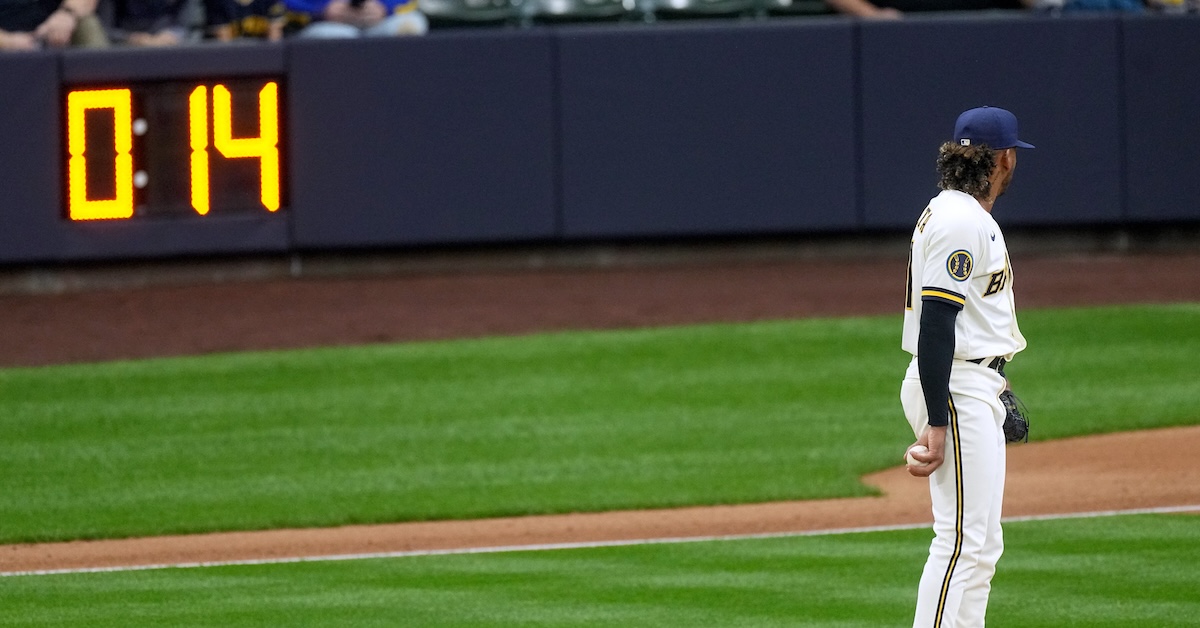Love Me, Non-Tender: Taking a Look at Some Newly Available Relief Options

In the few weeks following the conclusion of the World Series, with no meaningful major league games on the calendar until March, our collective attention shifts quickly to hot stove season. But as eager as we are to start slotting free agents into new rotations, bullpens, and lineups, there’s a bit of paperwork to take care of before the full extent of the winter’s class is even known. Teams have exclusive five-day windows with their departing clients, players and teams decide to opt in or out of optional contract years, and qualifying offers are issued and routinely rejected.
This past Friday was one of the final deadlines of MLB’s early offseason, by which teams had to choose whether or not to tender contracts to players on their 40-man roster with fewer than six years of service time. Those tendered contracts will remain under team control in 2024, but those whom teams declined to offer contracts were added to the free-agent pool and will look for work elsewhere. By the end of the day, a majority of teams had at least one extra empty 40-man spot, and dozens of players — headlined by two-time All-Star Brandon Woodruff — were newly available.
Woodruff, who is recovering from a shoulder surgery and will miss most of the upcoming season, is certainly the standout arm in this year’s cohort of non-tenders, but he’s not exactly the prototypical non-tender. In this year’s crop, there are a number of interesting low-profile arms who are looking to re-establish themselves as bullpen contributors with another big league opportunity after injuries or stretches of underperformance. Let’s take a look at a handful of guys who will be hoping to find good fits as low-risk potential contributors over the next few months. Read the rest of this entry »








